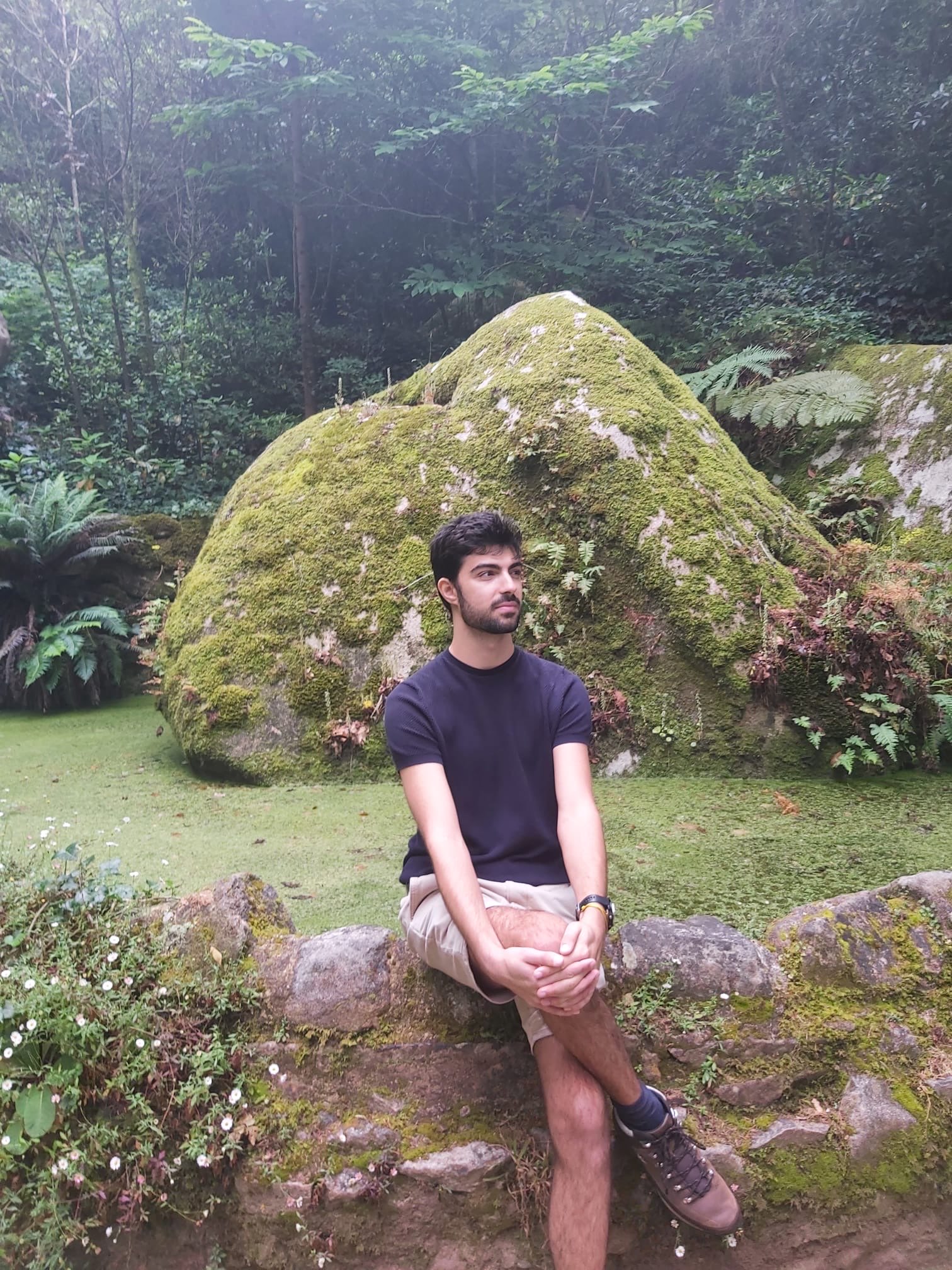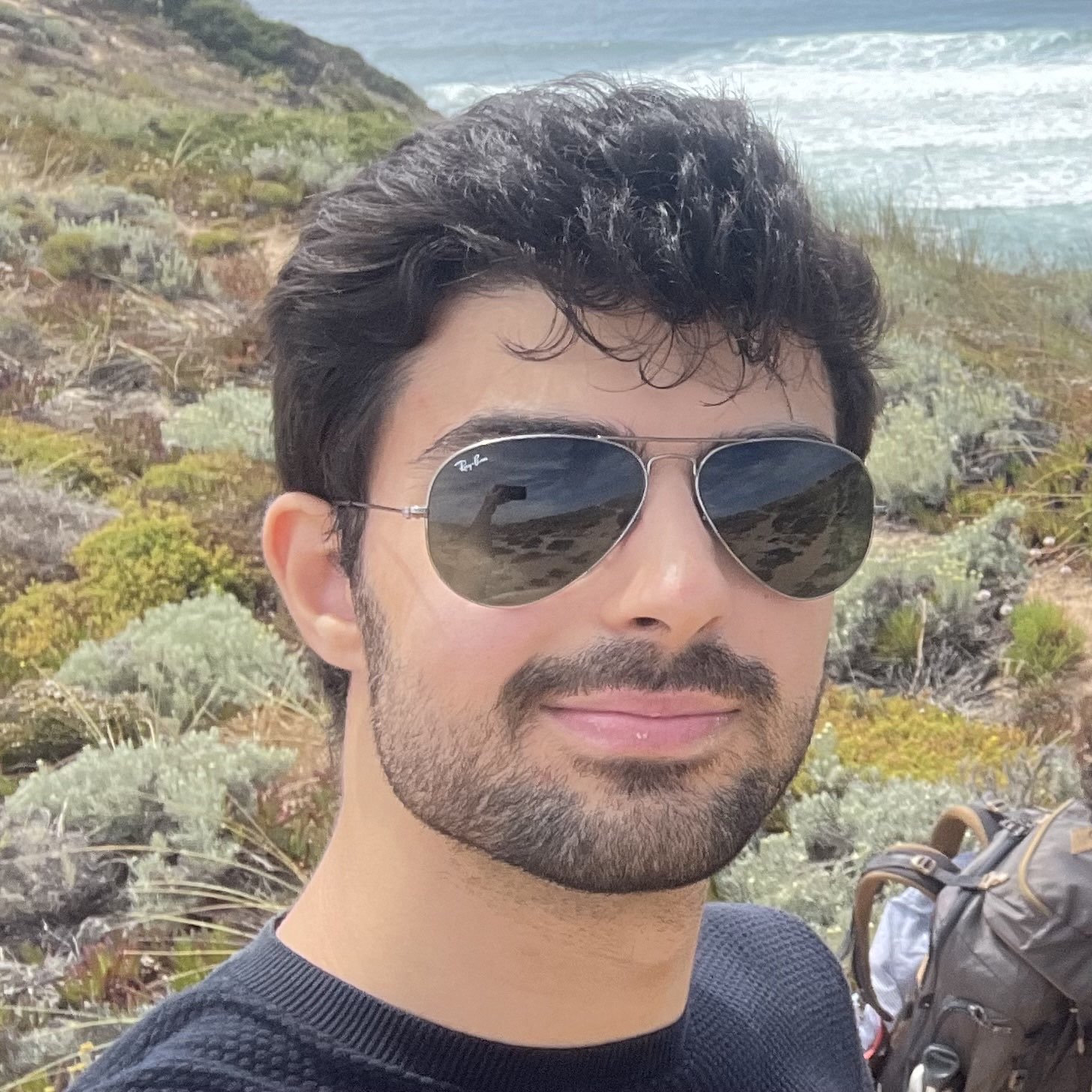
Francisco Bicudo
About
Loves sitting at the computer or exploring the outside. Swimming, Sailing, Hiking, but also Video Games and Nerdy Things. Excited about the future.

Software Engineer
- Degree: Master in Software Engineering
- Languages: English, Portuguese, French
- Hobbies: Swimming, Sailing, Hiking, D&D
- Email: frabicudo@gmail.com
- Birthday: 11 April 1999
- City: Lisbon, Portugal
Masters Project: Automatic Processing of Cetacean Recordings
Researched and developed a solution for automatically processing underwater recordings of cetaceans. The final result allows both biologists and fellow machine learning researchers to turn raw audio recordings into useful vocalisation samples with ease, a task that would previously take many hours of manual annotation.
- This included preprocessing, spectrogram generation, denoising, and detection of vocalisations.
- The denoising was done using a novel entropy-based approach, proposed in the paper below.
- Vocalization detection was achieved by training a custom Convolutional Neural Network model to identify if a given sample contains a vocalisation or not. This model reached 98.24% accuracy.
Although it was outside the requirements for the thesis, a small prototype application, Dolphin Detector, was developed that implements the developed solution so it can be used by non-technical individuals.

Unveiling Cetacean Voices: Entropy-Powered Spectrogram Denoising for Deep Learning Applications
Abstract: Acoustic monitoring of cetaceans is crucial for studying and conserving these animals and their environment. With the rising interest in deciphering dolphin and whale communication, and the promise shown by machine learning solutions in this field, the demand for gathering and processing large vocalization datasets is only increasing. In this paper, we propose an entropy-based spectrogram filtering method that removes noise naturally present in recordings of cetacean vocalizations. This method enhances the visual clarity of cetacean spectrograms, aiding biologists, and improves vocalization detection when using image based convolutional neural networks. Its implementation focuses on efficiency, processing 256 times faster than similar filters. The resulting spectrograms achieve on average a 98.73% reduction in required storage space and allow for a segmentation technique that reduces labelling and classification times in machine learning solutions.

Authors: Francisco Bicudo, Sofia Cavaco, Luís Freitas, Philippe Verborgh, Ruth Esteban, Pauline Gauffier, and Joaquim Silva
Publication: EPIA 2024 - Portuguese Conference On Artificial Intelligence
DOI: doi.org/10.1007/978-3-031-73500-4_31
Code: A python implementation of the method proposed in this paper can be found in this repository.
❤️-Sea Boating App
<3-Sea is an interactive map application with boating related information. It was created to express my love for the topic and explore its technology and concepts.
Features:
- Interactive map with satellite and normal view toggle
- OpenSeaMap layer integration
- Waypoint navigation system that serve as the site's pages
- Real-time public markers (automatically cleared after a few hours)
- Request queueing system for offline marker operations
- Responsive design for both desktop and mobile
- Light and dark theme options
- Distance and heading tool
- AIS data from aisstream.io

Lisbon PDM Chat App
Lisbon PDM Chat allows the users to consult Lisbon's Municipal Director Plan in a more efficient and interactive way. It combines georeferenced geometry data with an AI chatbot api that has acess to the main text document.
This app was developed as a test project to experiment with diferent
development frameworks and tools.
It was built using
Next.js, Supabase (with PostGIS extension), Mapbox, and Google
Gemini.

Resume